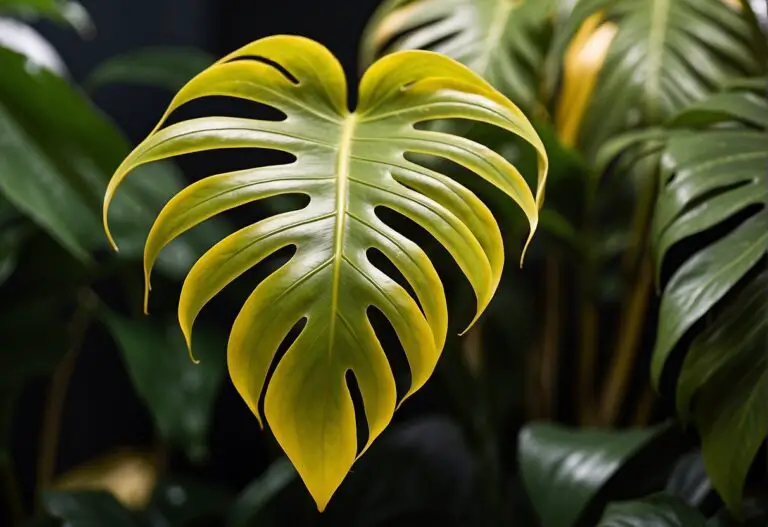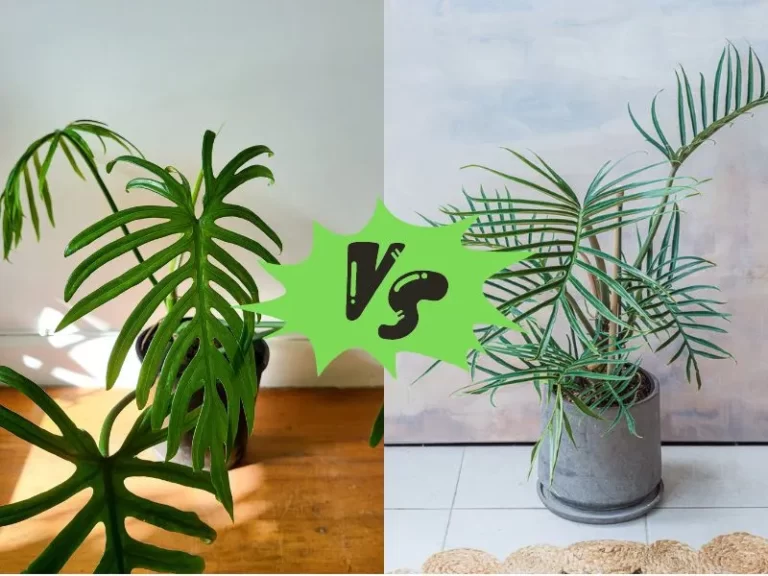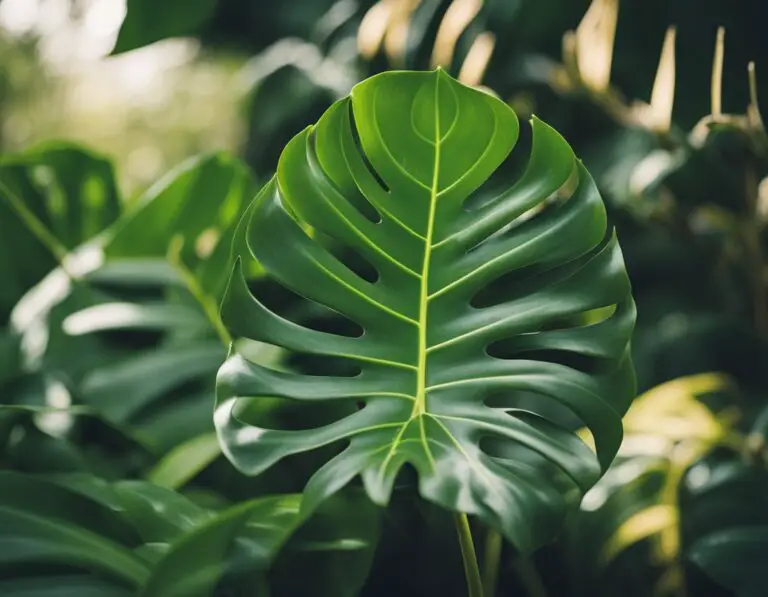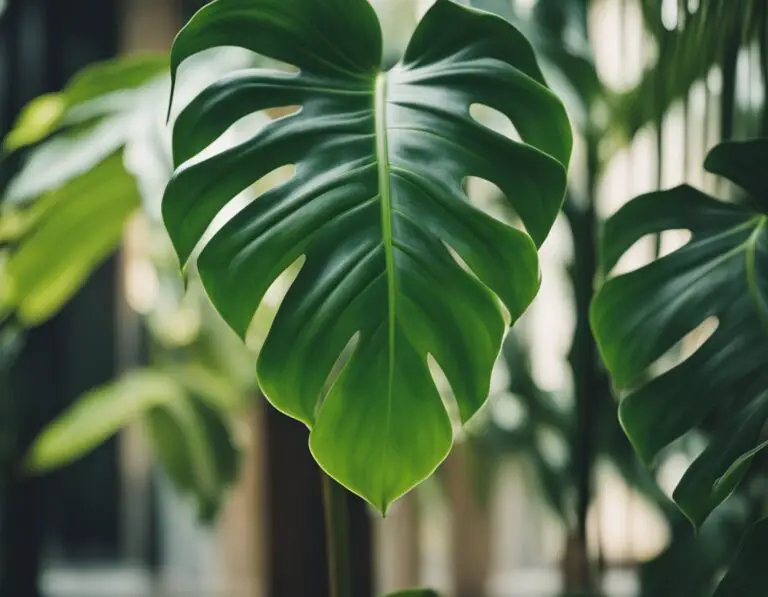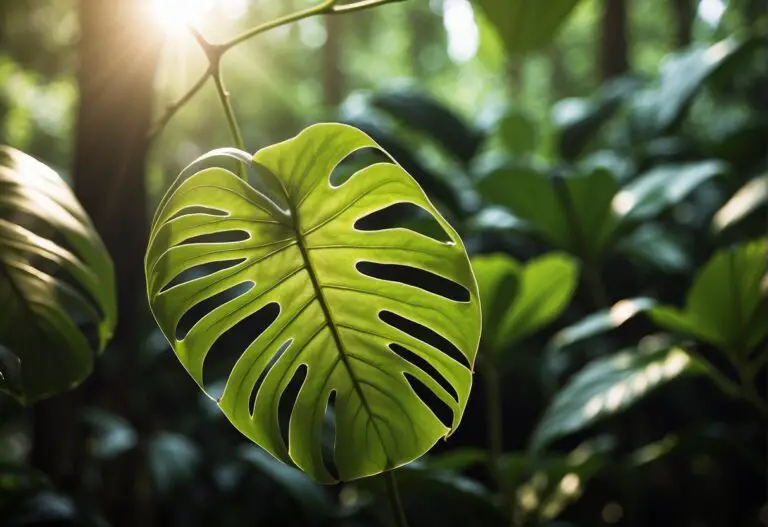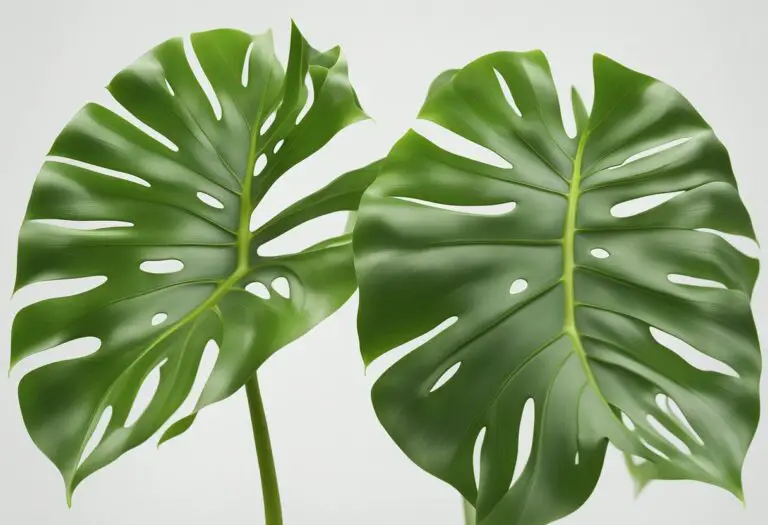Philodendron Pastazanum vs Gloriosum: A Comparison
You’re a plant enthusiast who’s always on the lookout for new additions to your collection. You’ve probably heard of philodendrons, but have you ever considered getting a Philodendron Pastazanum or a Philodendron Gloriosum? These two plants may look similar, but they have distinct differences that set them apart.
Philodendron Pastazanum and Philodendron Gloriosum are both members of the Araceae family, which includes other popular houseplants like the Monstera and the Peace Lily.
While they share some similarities, they also have unique characteristics that make them stand out. Understanding the differences between these two plants can help you make an informed decision about which one to add to your collection.
Key Takeaways
- Philodendron Pastazanum and Philodendron Gloriosum are two distinct plants with unique characteristics.
- Knowing the differences between these two plants can help you make an informed decision about which one to add to your collection.
- Proper care and attention can help both plants thrive in your home.
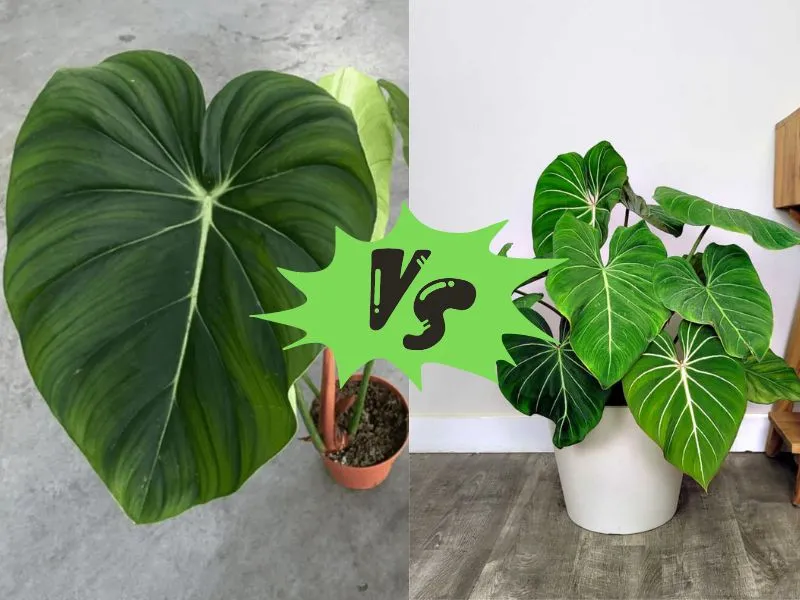
Philodendron Pastazanum Vs Gloriosum
If you’re a plant enthusiast, you might have come across the Philodendron Pastazanum and Gloriosum. Both of these plants are quite popular and have unique features that make them stand out from other plants.
In this section, we’ll explore the differences between Philodendron Pastazanum and Gloriosum.
Understanding Philodendron Pastazanum
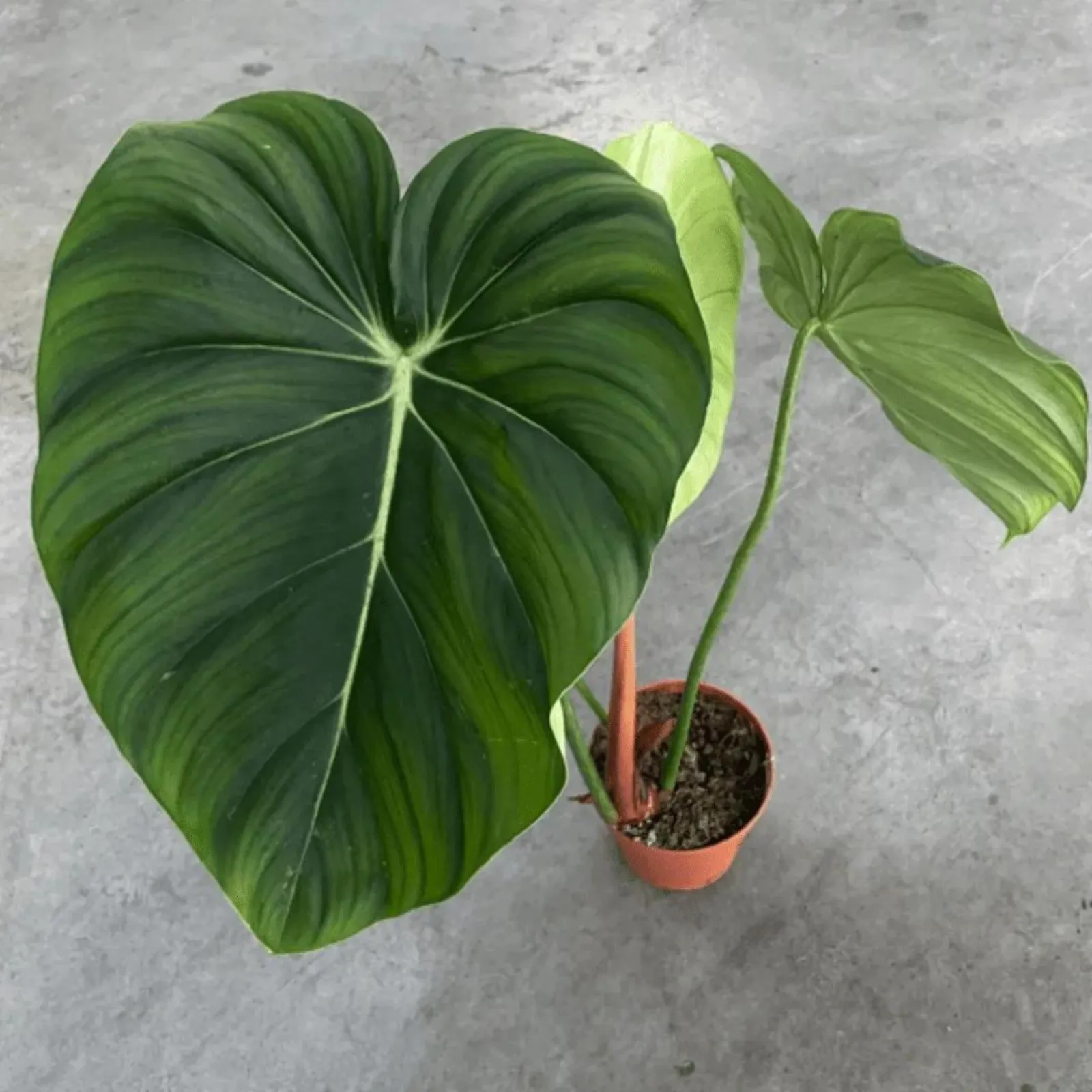
Philodendron Pastazanum is a large-leafed plant that is native to Ecuador. It has a distinct V-shaped sinus and deeply inset veins, which create a pleated texture on the leaves. The plant grows up to 4 feet tall and 2 feet wide, making it a striking addition to any room.
The leaves of Philodendron Pastazanum are elongated with a pointed tip, and the surface is brighter and glossier compared to Gloriosum. The leaves are also smaller, usually measuring 4 to 6 inches (10 to 15 cm) in length.
Understanding Philodendron Gloriosum
Philodendron Gloriosum is a beautiful plant that is native to Colombia. It has large, heart-shaped leaves that are velvety to the touch. The leaves are generally around 35 inches (90 cm) in length and have a distinct raised midrib.
The leaves of Philodendron Gloriosum are more rounded compared to Pastazanum, with a less pointed tip. The surface of the leaves is also less glossy and has a velvety texture.
Key Differences
There are a few key differences between Philodendron Pastazanum and Gloriosum that can help you identify them. Here are some of the differences:
- Origin: Philodendron Pastazanum is native to Ecuador, while Gloriosum is native to Colombia.
- Leaf Size: The leaves of Philodendron Pastazanum are smaller compared to Gloriosum.
- Leaf Shape: The leaves of Gloriosum are more rounded, while Pastazanum has elongated leaves with a pointed tip.
- Leaf Texture: The surface of the leaves of Gloriosum has a velvety texture, while Pastazanum has a brighter and glossier surface.
Caring for Philodendron Pastazanum and Gloriosum
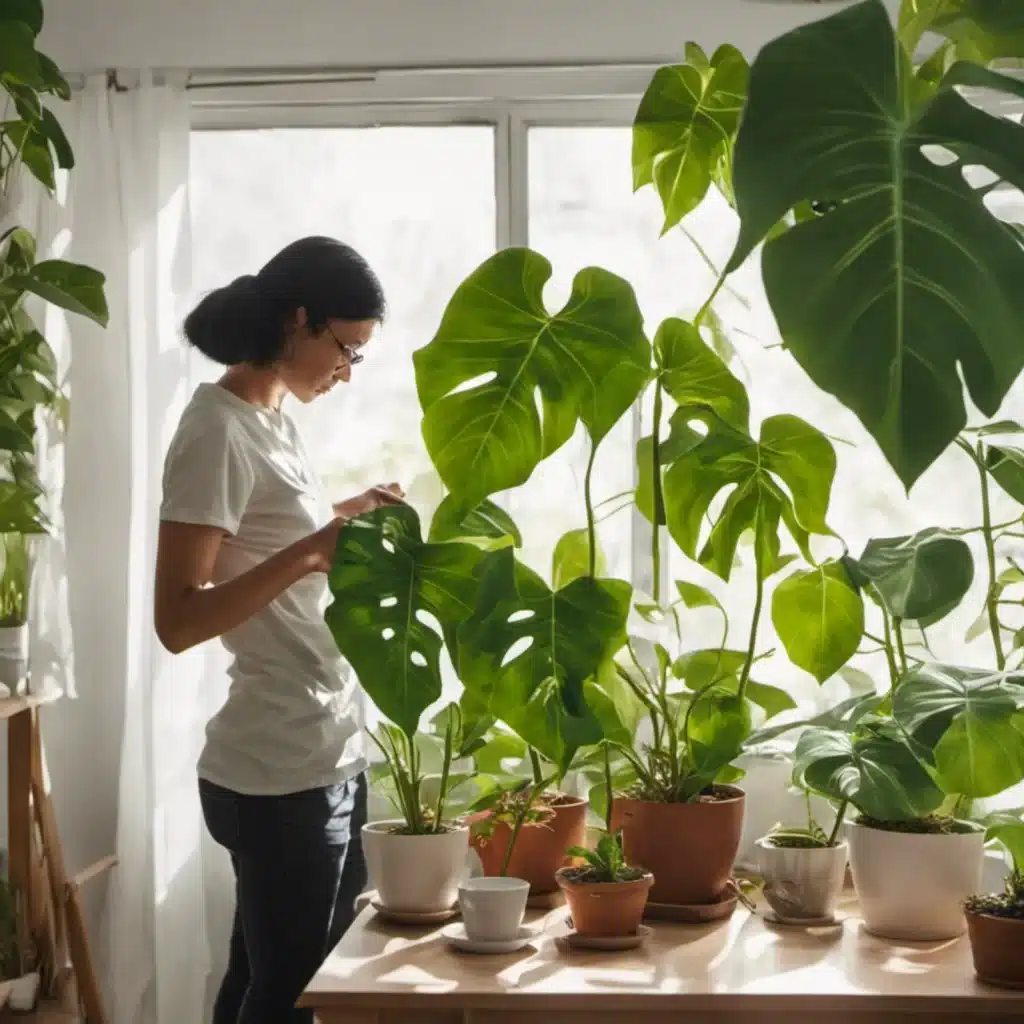
Philodendron Pastazanum and Gloriosum are both beautiful and easy-to-care-for plants that can bring a touch of the tropics to any space. Here are some tips to keep your plants healthy and thriving.
Watering
Both plants are sensitive to overwatering, which can lead to root rot. It’s best to wait for the top 2 to 3 inches of potting mix to dry out before watering.
When you do water, make sure to thoroughly saturate the soil until water runs out of the drainage holes. Don’t let the plant sit in standing water, as this can also cause root rot.
Light Requirements
Philodendron Pastazanum and Gloriosum both require medium to bright indirect light. If acclimated to it, they can take a few hours of direct sunlight in the morning.
However, the amount of direct sunlight should not surpass a couple of hours, and strong afternoon sun needs to be avoided.
Soil Requirements
Both plants prefer a well-draining soil that is rich in organic matter. A mix of peat moss, perlite, and sand works well. Make sure the pot has good drainage holes to prevent water from accumulating in the soil.
Temperature and Humidity
Philodendron Pastazanum and Gloriosum prefer temperatures between 65-85°F (18°C – 29°C). They also thrive in high humidity, between 60-80%. To increase humidity, you can place a tray of water near the plant or use a humidifier.
| Care Tip | Philodendron Pastazanum | Philodendron Gloriosum |
|---|---|---|
| Watering | Wait for the top 2-3 inches of soil to dry out before watering | Wait for the top 2-3 inches of soil to dry out before watering |
| Light Requirements | Medium to bright indirect light | Medium to bright indirect light |
| Soil Requirements | Well-draining soil that is rich in organic matter | Well-draining soil that is rich in organic matter |
| Temperature | 65-85°F (18°C – 29°C) | 65-85°F (18°C – 29°C) |
| Humidity | High humidity, between 60-80% | High humidity, between 60-80% |
With proper care, your Philodendron Pastazanum and Gloriosum can thrive and bring a touch of the tropics to your home or office.
Common Issues and Solutions
When it comes to caring for your Philodendron Pastazanum or Gloriosum, you may run into a few issues. Don’t worry, though – we’ve got you covered with some common problems and solutions.
Pest Problems
Unfortunately, both the Pastazanum and Gloriosum can attract pests such as spider mites and mealybugs. If you notice any pests on your plant, it’s important to act quickly to prevent them from spreading.
- Spider mites: These tiny pests can be hard to spot, but you may notice webbing on your plant. To get rid of spider mites, you can try spraying your plant with water or using an insecticidal soap.
- Mealybugs: Mealybugs look like small, white, cottony masses on your plant. To get rid of them, you can use a cotton swab dipped in rubbing alcohol to remove them from your plant.
Disease Problems
Both the Pastazanum and Gloriosum are susceptible to root rot, which can be caused by overwatering or poor drainage. To prevent root rot, make sure your plant is in a well-draining pot and that you’re not overwatering it.
Growth Problems
If your plant isn’t growing as well as you’d like, there are a few things you can try:
- Fertilizer: Make sure you’re fertilizing your plant regularly with a balanced fertilizer.
- Light: Both the Pastazanum and Gloriosum prefer bright, indirect light. If your plant isn’t getting enough light, try moving it to a brighter spot.
- Humidity: These plants prefer high humidity, so consider using a humidifier or placing a tray of water near your plant to increase the humidity.
| Problem | Solution |
|---|---|
| Spider mites | Spray with water or use insecticidal soap |
| Mealybugs | Use rubbing alcohol to remove |
| Root rot | Ensure well-draining pot and avoid overwatering |
| Slow growth | Fertilize, increase light, increase humidity |
Remember, taking care of your Philodendron Pastazanum or Gloriosum may take a little effort, but it’s worth it for the beautiful foliage they provide.
Frequently Asked Questions
What are some must-have Philodendrons?
Philodendrons are a popular choice for houseplants due to their low maintenance and beautiful foliage. Some must-have Philodendrons include the Philodendron Birkin, Philodendron Brasil, Philodendron Heartleaf, and Philodendron Selloum.
What are the differences between Philodendron Pastazanum and Gloriosum?
Philodendron Pastazanum and Gloriosum are similar in appearance, but there are some differences.
The Gloriosum is a slower grower than the Pastazanum and has a more velvety texture. The Pastazanum has larger leaves with a pleated texture, while the Gloriosum has more deeply inset veins.
What is the difference between Philodendron Plowmanii and McDowell?
Philodendron Plowmanii and McDowell are both hybrids of the Philodendron Gloriosum and Pastazanum. The Plowmanii has more elongated leaves with a silver-green color, while the McDowell has a heart-shaped velvet leaf with a red underside.
What are some crawling Philodendrons?
Crawling Philodendrons include the Philodendron Micans, Philodendron Cordatum, and Philodendron Brasil. These plants are great for hanging baskets or training up a trellis.
What is the difference between crawling and climbing Philodendrons?
Crawling Philodendrons have a trailing habit and are great for hanging baskets or training up a trellis. Climbing Philodendrons, on the other hand, have aerial roots that allow them to climb up trees or walls.
What is Philodendron Fuzzy Petiole?
Philodendron Fuzzy Petiole is a rare Philodendron with a unique texture. The leaves have a velvety texture, while the petioles have a fuzzy texture. This plant is a great addition to any collection for its unique look.
Conclusion
In conclusion, both Philodendron Pastazanum and Gloriosum are beautiful and unique plants that can add a touch of elegance to any room. While they share some similarities, they also have some distinct differences that set them apart from each other.
Philodendron Pastazanum is native to Ecuador and features large, glossy, smooth leaves that are light green in color and catch the light. The leaves have a V-shaped sinus and deeply inset veins, creating a pleated texture. As it matures, the white color of the branch-veins fades. It grows up to 4 feet tall and 2 feet wide, making it a striking addition to any room.
On the other hand, Philodendron Gloriosum has velvety and matte leaves that are heart-shaped and dark green in color. The leaves are also different based on their pleating. It grows up to 3 feet tall and 2 feet wide, making it a more compact plant compared to Pastazanum.
When it comes to care, both plants require similar conditions. They prefer bright, indirect light and well-draining soil. They also require regular watering and high humidity levels.
Overall, choosing between Philodendron Pastazanum and Gloriosum comes down to personal preference and the space available. If you have a larger space and want a plant with glossy, smooth leaves, then Pastazanum may be the better choice for you. However, if you have a smaller space and prefer a plant with velvety leaves, then Gloriosum may be the better option.
In the end, both plants are easy to care for and can bring a touch of tropical beauty to your home. Whether you choose Pastazanum or Gloriosum, you are sure to enjoy their unique beauty for years to come.

